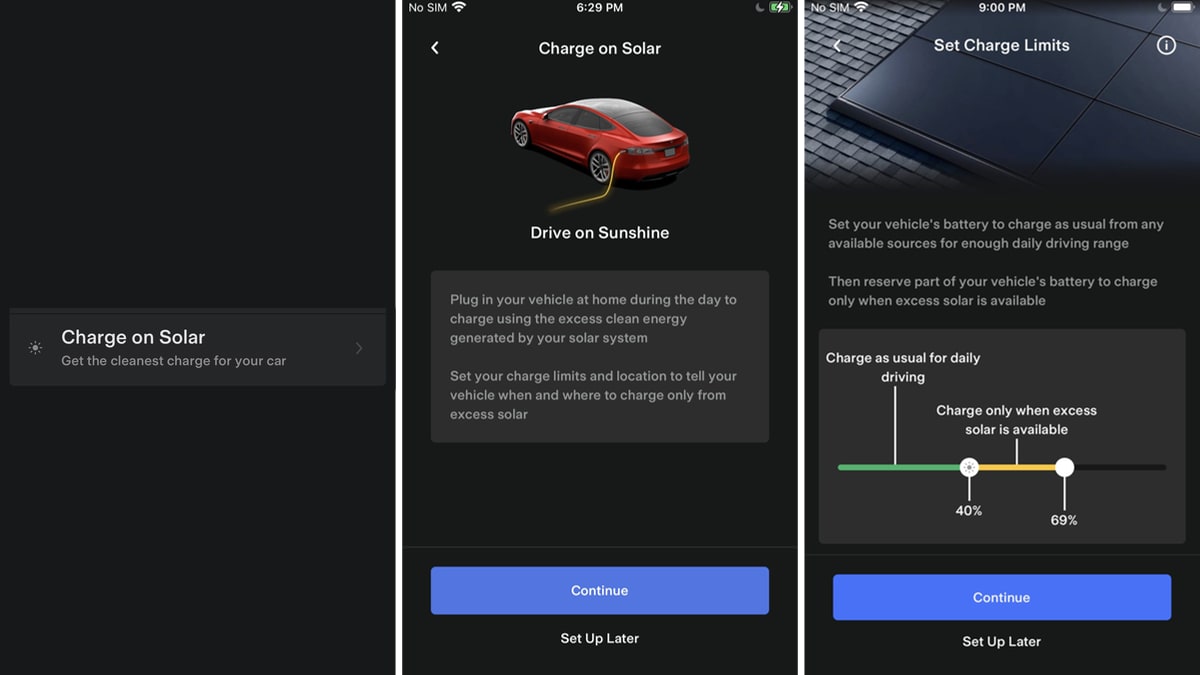I don't remember you having an EV. Yes, free go-juice is fun! In our case, with smaller solar, we depend on TOU credits to leverage our production, hopefully to keep our true up around $100. Hence grid charging and export everything (less 20% reserve). I do wish we had seen this coming and got 2 PW's back when SGIP was paying for them! With that we could export all of our solar at partial peak and true out to zero. Your case of many kW production and many PW's would be the way to go, except for the capital expenditure....
On NEM1, there was no penalty to export and then re-import, so start charging at midnight when the rate dropped. 48 A times 240 volts is 11 kW till up to 85% usually. Easy.
On NEM2, there is $.03 NBC penalty per kWh exported. We want to let the PW charge up, and depending on when the morning coastal stratus clears, the PW is full around 12:30. But watching for that to happen means paying attention instead of fixing lunch, so that is a pain. When PW gets to full, solar typically is around 4kW, depending on haze density or thin high clouds, and the house is using .3 kW, so it starts exporting 3.7kW, decreasing as the sun moves westward. The point is to charge to absorb the excess, so this has to be monitored and adjusted as the excess changes. At the start, 3.7kW / 240 volt is ~15 Amps, so set the car charge rate to 15 amps. Get out a calculator. Calculate the time in hours till 3 pm (when the kW rate goes up so we'd prefer export). Lets say today PW hit 100% at 12:45, so it is 2.25 hours till 3:00. At 3.7kW we need to stop after adding 3.7 X 2.25 = 8.35 kW. The model Y battery holds roughly 70 kWh, so this session will add 8.35 / 70 % = ~12%. Add the present SOC %, say 55%, and set the charge limit to 12 + 55 = 67%. The car will stop charging at 3 pm. And readjust if the solar or house change appreciably.
This saves about $0.25 per day, $7 per month, but only when we have excess solar, so maybe $50 per year. I figure that isn't worth the daily dance, but if the app can do it automatically, cool, we'll only charge after trips to 50% and plug the car in every time we get home. But at $50 per year I'll need to have little else to do before I try to write a script and leave a computer running to automate the process.
Sorry, long answer to a simple question. A bad habit on my part.




